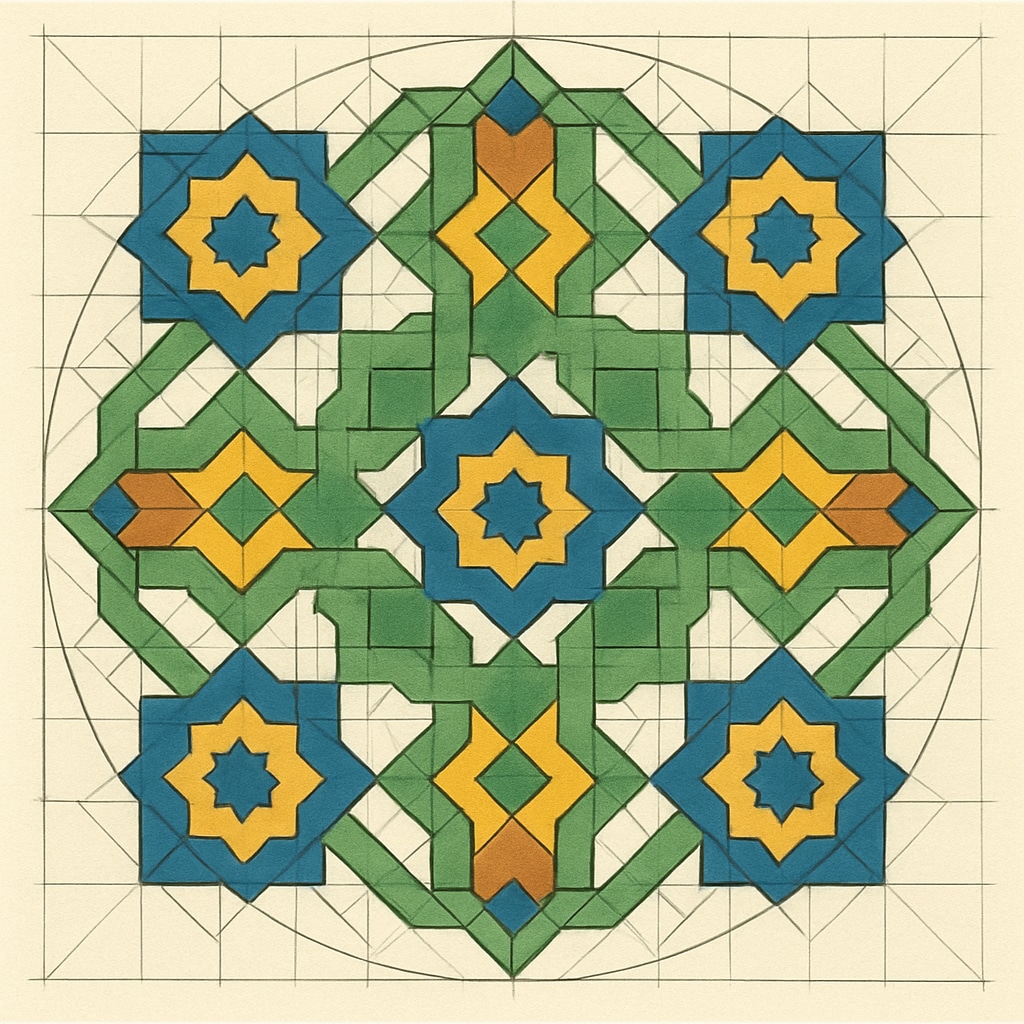High school math, teaching challenges, and Arabic language teaching are interwoven topics that educators are increasingly addressing as classrooms grow more diverse. For many students, the final year of high school mathematics presents significant hurdles, ranging from abstract concepts to the pressure of standardized testing. Simultaneously, students from different cultural backgrounds, such as Arabic-speaking learners, may encounter additional barriers due to language differences. This article examines the primary challenges in high school math education and proposes innovative approaches inspired by Arabic language teaching methodologies to foster inclusivity and effectiveness.
Understanding the Core Challenges in High School Math
High school mathematics is often regarded as one of the most demanding subjects, particularly in the final year. Common difficulties include:
- Abstract Concepts: Topics like calculus, trigonometry, and algebraic functions require high levels of abstraction, which can be daunting for many students.
- Application Focus: Real-world problem-solving tasks often demand critical thinking and creativity, skills that some students may not have fully developed.
- Test Anxiety: The pressure of preparing for college admissions exams exacerbates stress, making it harder for students to focus on mastering content.
Moreover, these challenges are magnified for students who are not native speakers of the language of instruction. For instance, Arabic-speaking students may struggle with understanding math vocabulary or grappling with cultural nuances embedded in word problems.

Innovative Approaches Inspired by Arabic Language Teaching
Arabic language teaching has a rich history of fostering comprehension and retention, which can be adapted to mathematics instruction. Here are several strategies that draw inspiration from Arabic teaching methodologies:
- Visual Learning: Arabic educators often use calligraphy and imagery to reinforce linguistic concepts. Similarly, math lessons can incorporate more visual aids, such as diagrams and interactive tools, to clarify abstract concepts.
- Scaffolded Instruction: In Arabic teaching, new content is introduced gradually, building on prior knowledge. This approach can be mirrored in math by breaking down complex problems into smaller, manageable steps.
- Cultural Relevance: Arabic teaching frequently integrates culturally resonant examples to connect with students. Incorporating culturally relevant math problems can enhance engagement and inclusivity for diverse learners.
For example, a math problem could be designed around geometric patterns found in Islamic art, which would resonate with Arabic-speaking students while simultaneously teaching core mathematical principles.

The Role of Multilingual Education in Overcoming Barriers
Multilingual education plays a pivotal role in bridging gaps for students from diverse backgrounds. By offering bilingual math resources, schools can ensure that concepts are accessible to all learners. For instance:
- Bilingual Glossaries: Providing glossaries that list math terms in both English and Arabic can help students grasp terminology.
- Language-Specific Support: Offering optional math tutoring in students’ native languages can reinforce understanding.
- Collaborative Learning: Encouraging group work where students of different linguistic backgrounds collaborate can foster peer-to-peer learning.
As a result, such measures not only boost academic outcomes but also cultivate an inclusive and collaborative classroom environment.
Conclusion: A Path Forward
Addressing high school math challenges requires a multifaceted approach that includes innovative teaching strategies and cultural sensitivity. By drawing on the strengths of Arabic language teaching methodologies, educators can create more inclusive and effective learning environments. As classrooms become increasingly diverse, embracing multilingual and multicultural approaches will be critical in ensuring that all students can succeed in high school mathematics and beyond.
For further reading on mathematical education and its cultural dimensions, explore resources such as Mathematics Education on Wikipedia or Mathematics on Britannica.
Readability guidance: This article uses short paragraphs, active voice, and clear transitions to ensure accessibility. Lists and visual placeholders are included to summarize key points and engage readers effectively.


